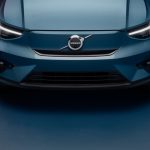LG’s 100-Inch QNED evo AI TV Redefines Big-Screen Viewing in South Africa In a bold leap forward for home entertainment, LG Electronics South Africa…
Review: T-Roc 2.0TSI 4Motion R-Line
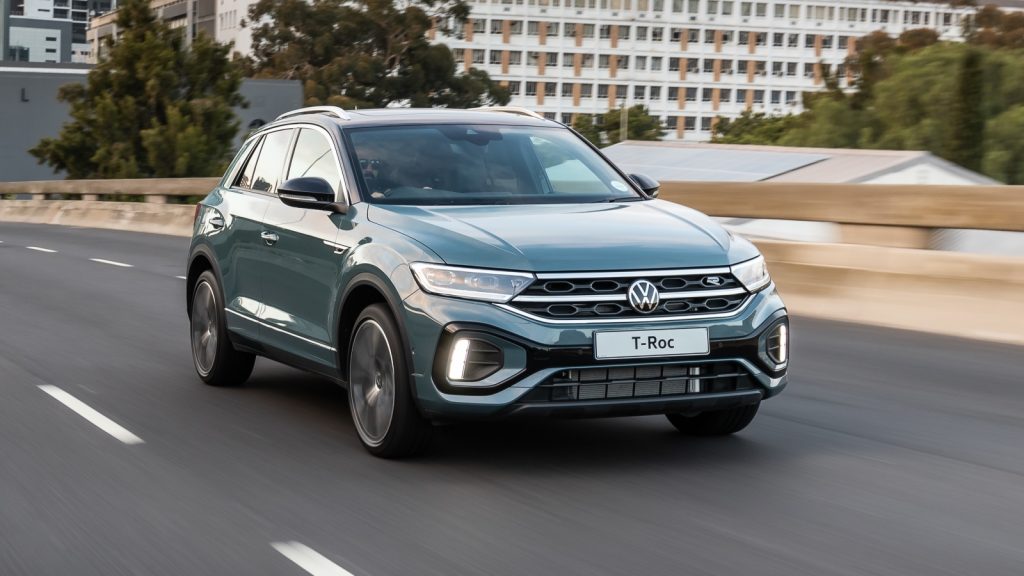
For decades, the Volkswagen Golf defined desirable hatchback motoring. From its humble roots as a continuation of the people’s car theme for Volkswagen to the eventual hot hatch sub-derivative extensions, Golf is a fantastic study in product evolution and market elasticity.
It started as a compact city car, and between Golf4 and Golf5, there w a concerted move upmarket. The people’s car suddenly became a veritable statement car, thanks to much-improved cabin architecture and a focus on luxury finishes.
But even the encompassing Golf is not immune to broader automotive configuration trends. Those buyers who pined for the prestige and practicality of a Golf, no longer want it. The silhouette and more commanding driving position of a crossover seduce them. This is why Volkswagen designed the T-Roc, effectively a crossover version of the Golf8.
It’s a clever strategy. One that Volkswagen knows is crucial to its future. Better having one Volkswagen product cannibalize another than lose Golf owners to a rival crossover offering.
Volkswagen has added some cabin features to its popular ‘Golf’ equivalent crossover. We spent a week experiencing these in the guise of a T-Roc 2.0TSI 4Motion R-Line.
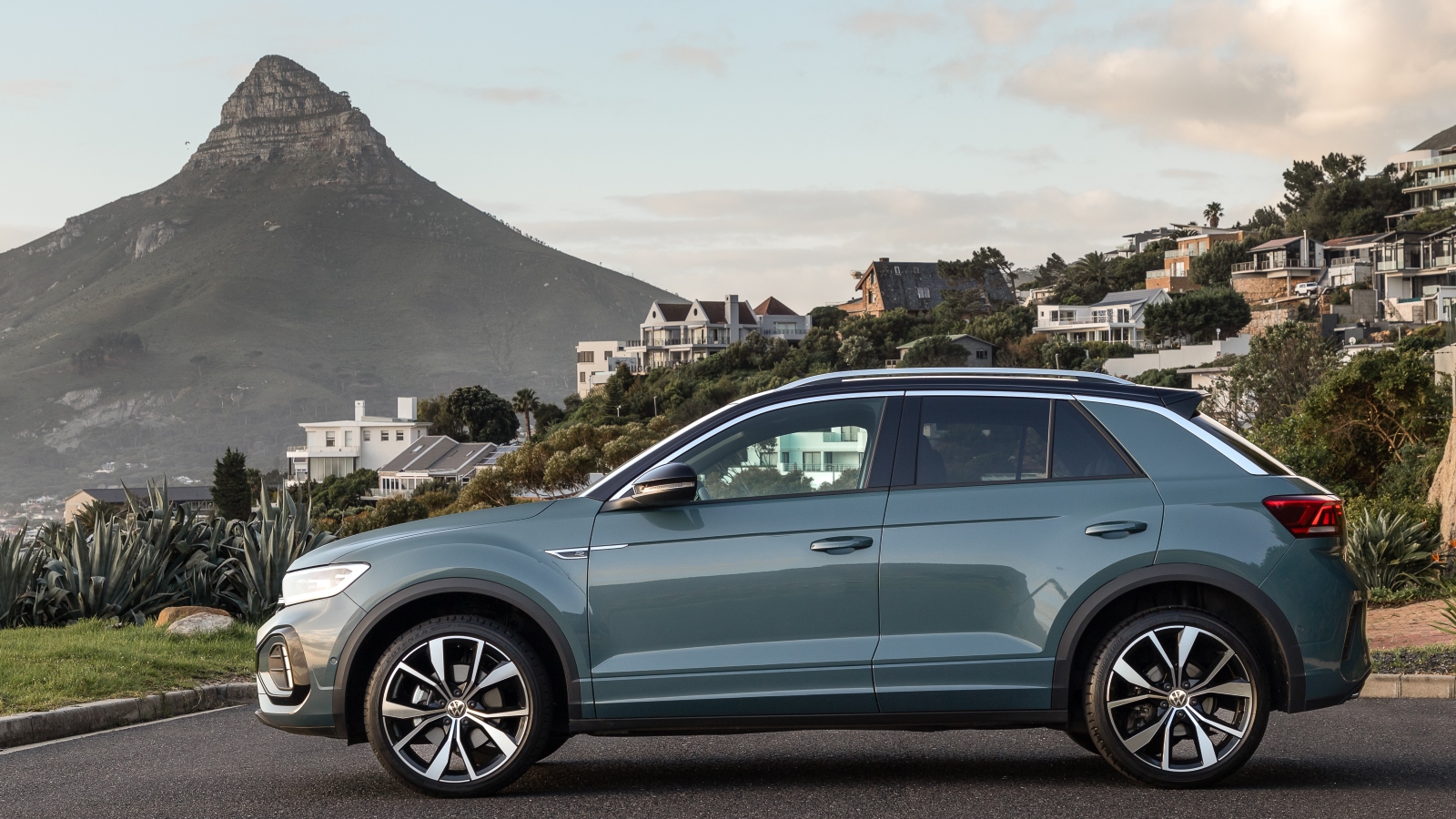
T-Roc 2020 design, finally in SA
Volkswagen has strong brand presence and T-Roc doesn’t lack for impactful design. Rolling 19-inch wheels and several enhanced styling details, T-Roc 2.0TSI 4Motion R-Line has the presence that crossover buyers desire.
There are neat industrial design touches, too, like the tailgate Volkswagen roundel, which hides the reversing camera but also functions as the physical fifth-door release.
There T-Roc design upgrades aren’t globally new. They were released in deep 2020, during the tail end of the pandemic. But were only delivered into Volkswagen South Africa’s product range, during 2022.
Despite the two year delay, these exterior design upgrades, such as the grille, have not aged and still look contemporary.
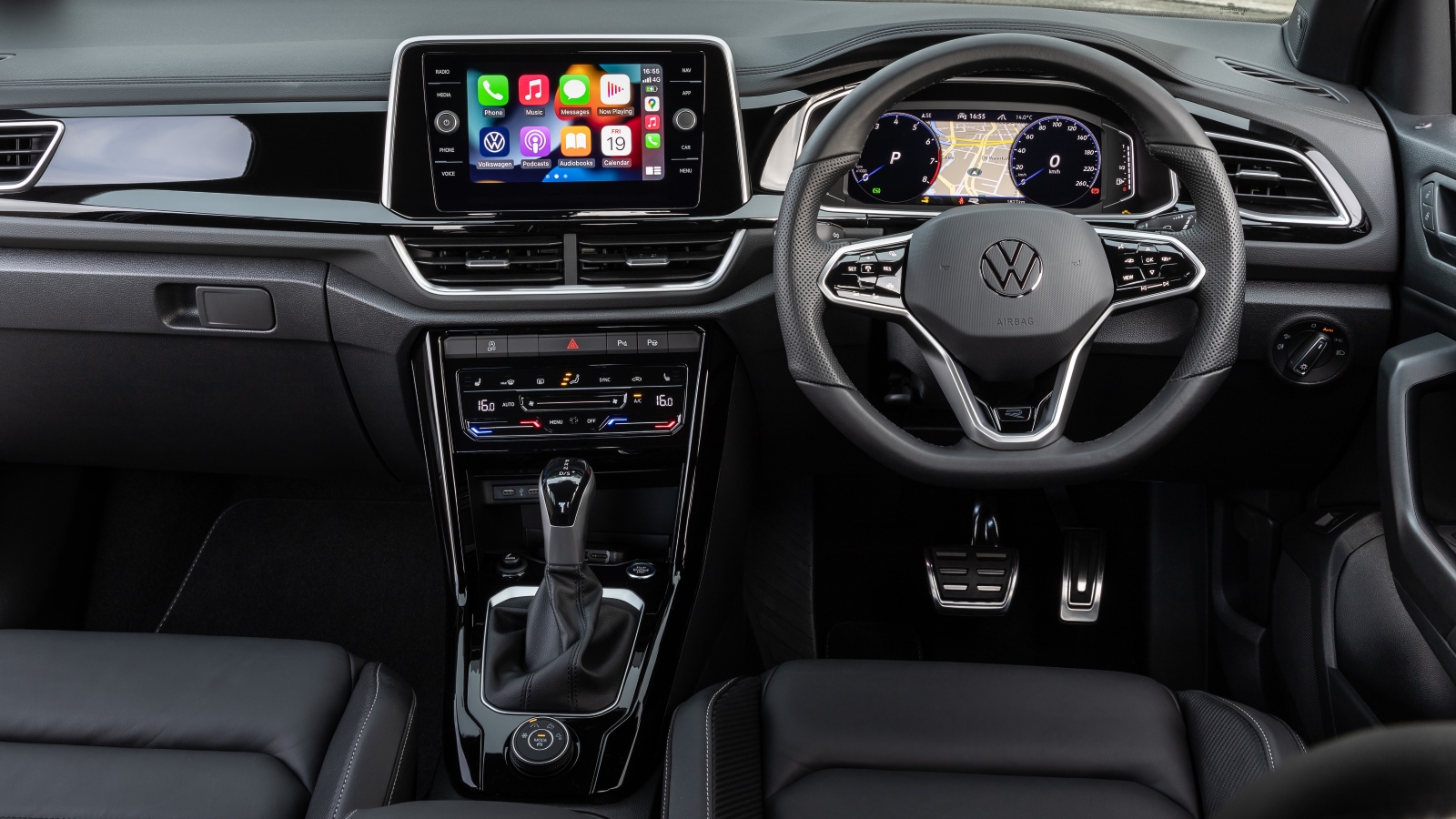
Some troublesome UX haptics
The cabin architecture is modelled on Volkswagen’s future interpretations of UX. And it’s a challenging vision to embrace.
Tactile quality is good, and the T-Roc has a fantastic driving position. You retain great leverage on the steering wheel and pedals while benefitting from that slightly more commanding view of your surroundings. But the HVAC and steering wheel control interface is very much a generational thing.
Volkswagen has replaced most of its legacy dials, buttons and toggles, with haptic slider functions. And these just don’t work for everyone. They’ll be more intuitive for much younger buyers, who have been socialized only with screen sliders. Still, anyone 35 years and older will pine for a combination of touchscreen functionality and physical buttons to adjust HVAC and some toggles for the satellite steering wheel controls.
The climate control’s fan speed slider is particularly problematic. I missed the profile and reachability of a conventional fan-speed dial, which can be located and adjusted by ‘feel’, without having to take your eyes off the road.
Four USB-C ports are placed within the cabin, two serving as device connection interfaces and the other two as charging points.

Stylish – but smaller than Tiguan
T-Roc 2.0TSI 4Motion R-Line compromises luggage space for appearance. To achieve that sloping roofline silhouette, it trims luggage space.
Compared to its mechanical twin, the Tiguan, there is 128-litres less luggage capacity between the rear seatbacks and the tailgate. If you have kids, Tiguan is unquestionably the better option.
Driveability is everything you’d imagine from a vehicle built on Volkswagen’s MQB platform. One of the most overfunded engineering projects in automotive history, the MQB platform allows for outstanding vibration and harshness suppression. And that’s a big deal on South Africa’s increasingly coarse roads.
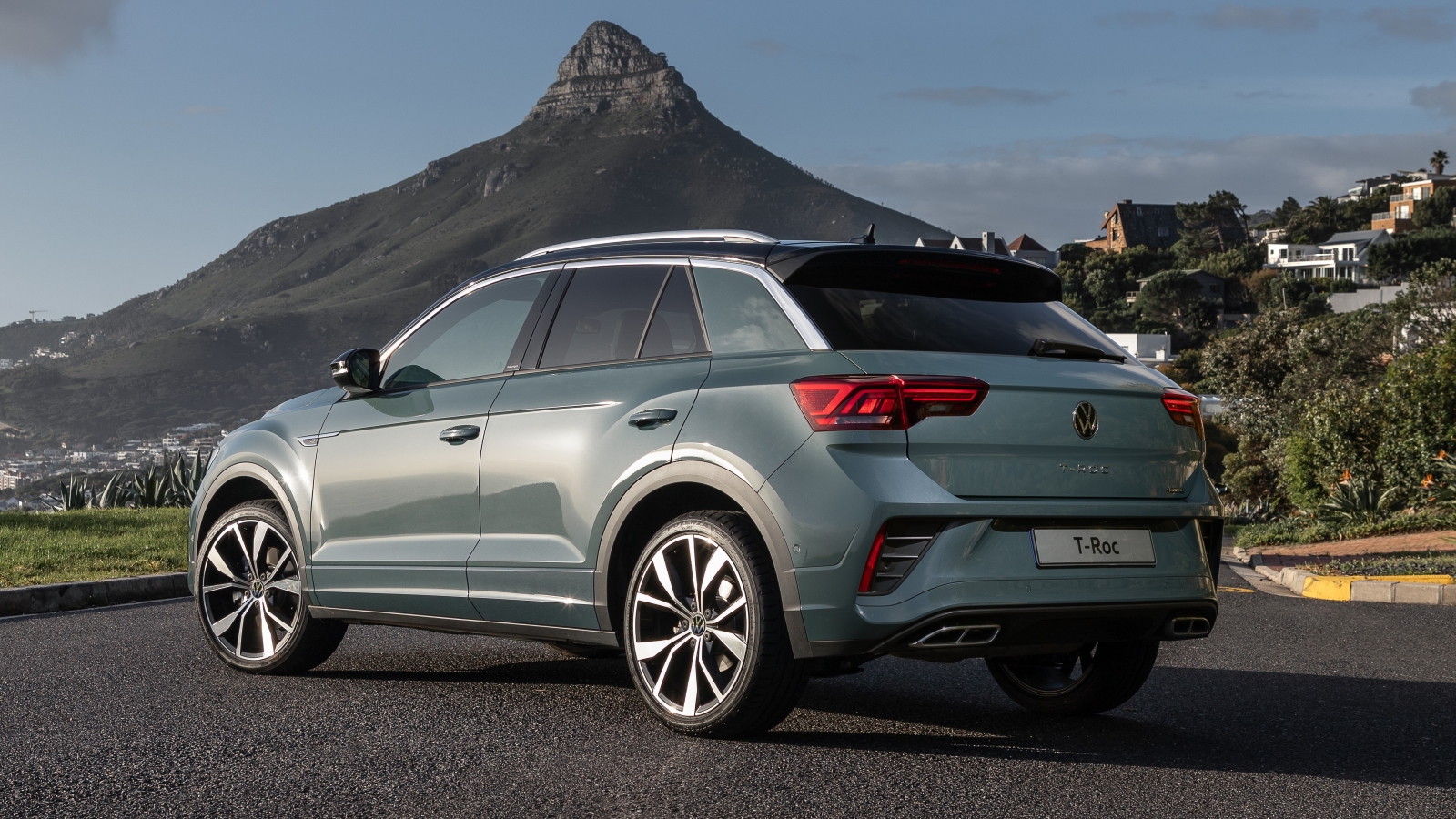
T-Roc drives like hatchback
The 140kW 2-litre turbopetrol engine is wonderfully responsive, making the T-Roc 2.0TSI 4Motion R-Line feels very agile to driver inputs.
Although it has 158mm of ground clearance, Volkswagen’s statement crossover car manages to corner with more confidence and stability than some of its rivals, with a similar ride height.
The seven-speed DSG gearbox shifts rapidly when required and can be soothingly docile when crawling along in traffic. We averaged fuel consumption just below 8l/100km.
Cornering confidence and great noise insulation make T-Roc 2.0TSI 4Motion R-Line feel like the German luxury car that Volkswagen intends it to be. But there is one issue. Its wheels.
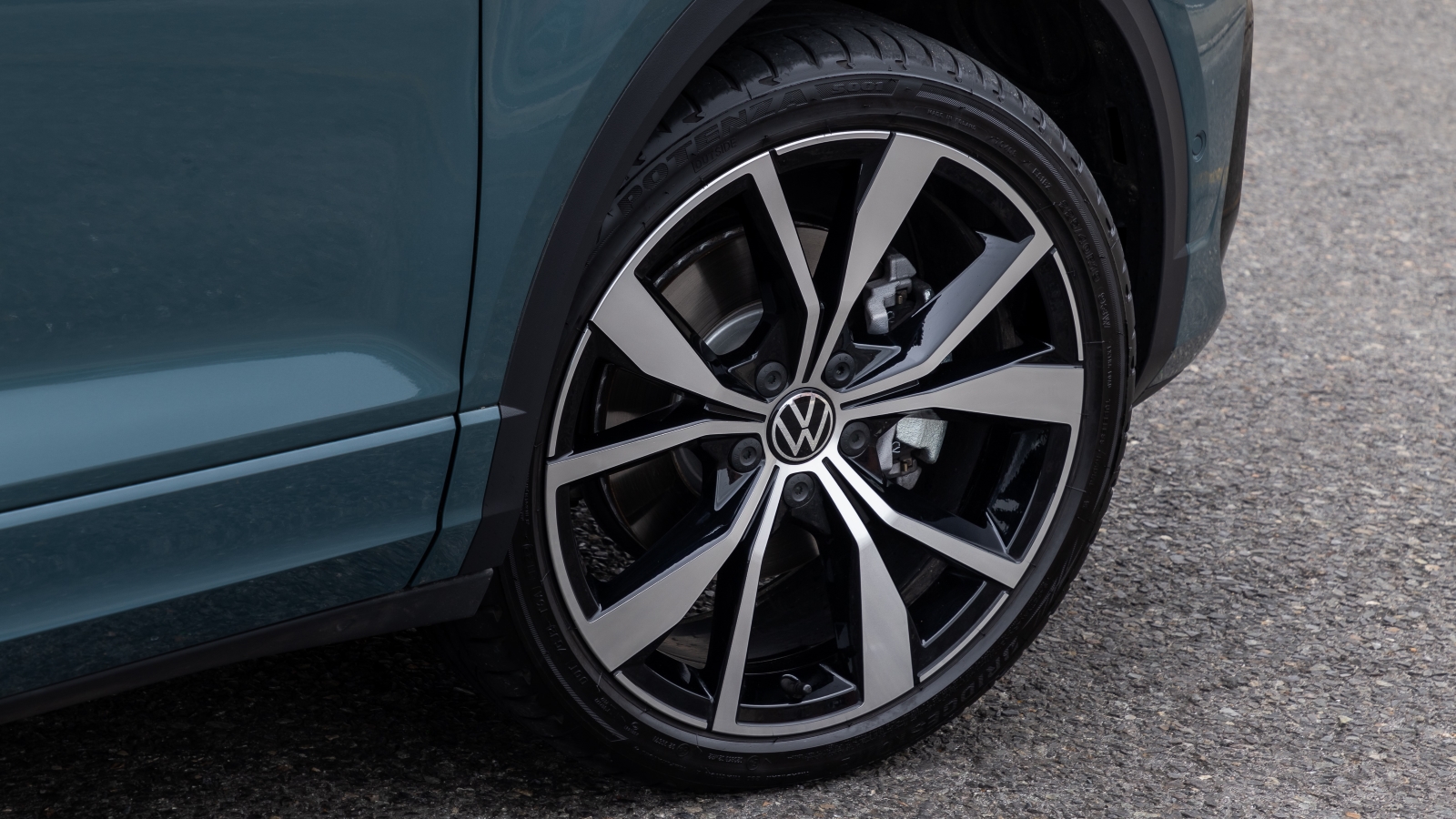
To R-Line, or not to R-Line?
The T-Roc 2.0TSI 4Motion R-Line rides on 19-inch wheels, shod with low-profile Bridgestone Potenza tyres. Terrific for high-speed cruising stability on the impeccably surfaced Autobahn but a touch troublesome on local driving surfaces. These low-profile tyres struggle regarding dirt road use and even on South African B-roads, with their severe surface imperfections.
T-Roc 2.0TSI 4Motion R-Line prices at R670 300, but there is an argument to be made that Volkswagen’s T-Roc 2.0TSI 4Motion is the better buy. It costs R636 700 and rolls on 17-inch wheels, with slightly higher-volume tyres, which should roll through potholes, and along dirt roads, with less trauma
As with many German brands, you’ll be ticking the options boxes with T-Roc. Its 8-inch touchscreen infotainment system, with App-connect, is R19 400. Inductive device charging adds R4300, and the Harmon Kardon Beats sound system is R10 300.
